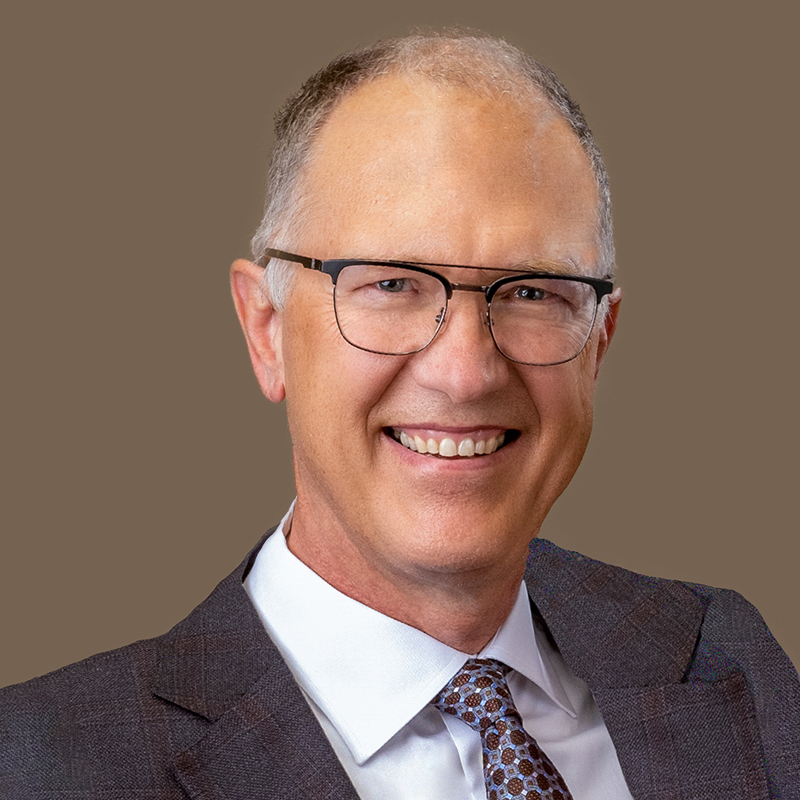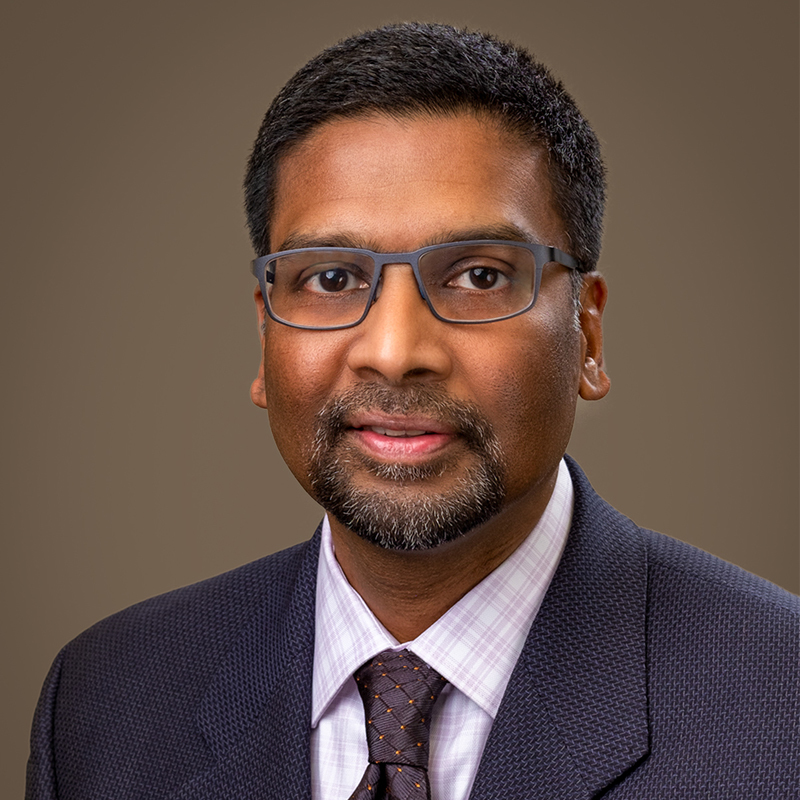Sleep Disorder Center: (970) 479-7218
A polysomnography, or sleep study, is a painless test to measure sleep cycles and stages by recording brain waves (EEG), muscle and eye movement, breathing rate, blood pressure, blood oxygen saturation and hearth rhythm. These non-invasive tests can provide diagnostic information for the patient's doctor to use in the development of a treatment plan.
A polysomnography, or sleep study, is a painless test to measure sleep cycles and stages by recording brain waves (EEG), muscle and eye movement, breathing rate, blood pressure, blood oxygen saturation and hearth rhythm. These non-invasive tests can provide diagnostic information for the patient's doctor to use in the development of a treatment plan.
Patients are seen in a regular patient room by polysomnography technicians and respiratory care practitioners.
Contact your primary care provider to discuss symptoms and identify the need for further diagnosis and treatment and to find out if a sleep study might be right for you.


